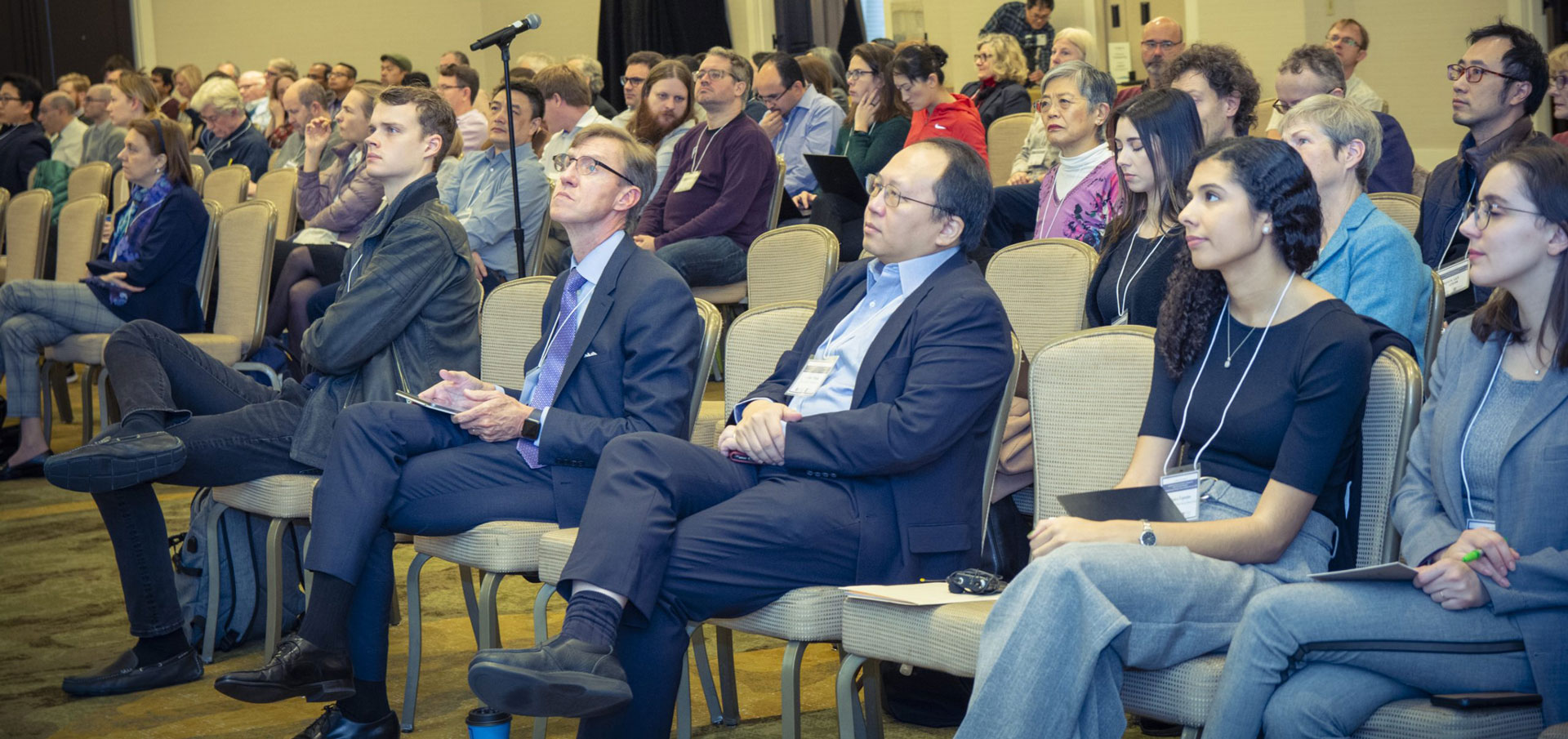
Last month, on November 12 and 13, the Alzheimer’s Disease Genetics Consortium (ADGC) 10-Year Symposium took place at the Inn at Penn in Philadelphia, PA. The event was sponsored by the Perelman School of Medicine and the Department of Pathology and Laboratory Medicine, and it was organized by ADGC, Penn Neurodegeneration Genomics Center (PNGC) and the National Institute on Aging Genetics of Alzheimer’s Disease Data Storage Site (NIAGADS). Larry Jameson, the Dean of the Perelman School of Medicine and Executive Vice President for the University of Pennsylvania Health System, gave opening remarks. There were also a number of highly engaging and informative sessions on topics such as diversity in Alzheimer’s disease (AD) genetics, using AD research in drug discovery, and systems biology approaches to AD.
The following is a highlight of some of the sessions at the symposium.
History, Current Status, and Future Projects of ADGC and AD Genetics
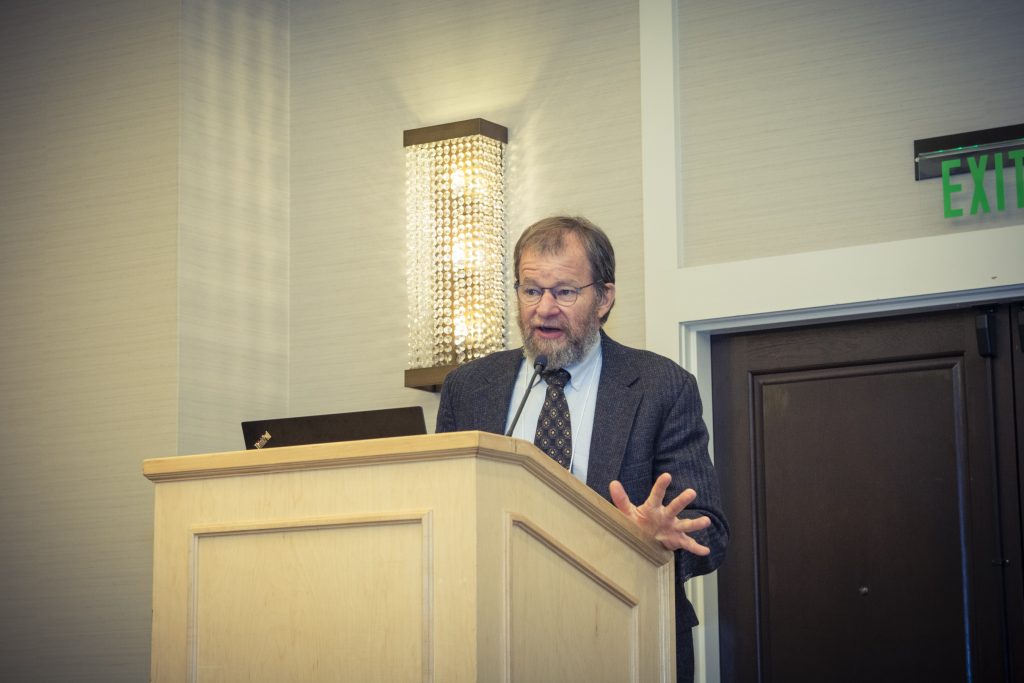
Dr. Gerard Schellenberg, Principal Investigator of the Alzheimer’s Disease Genetics Consortium (ADGC), Director of the Penn Neurodegeneration Genomics Center (PNGC) and Professor of Pathology & Laboratory Medicine at the University of Pennsylvania, opened the event with a comprehensive overview of the ADGC and Alzheimer’s disease (AD) genetics as a whole: their history, current status, and future projects.
To help advance AD genetics research and human disease mechanisms, the National Institute on Aging developed the ADGC to collaboratively use the collective resources of the AD research community to identify AD genes using genome-wide association studies (GWAS), explained Dr. Schellenberg. Since then, multiple related projects have emerged including the International Genomics of Alzheimer’s Project (IGAP) and the Alzheimer’s Disease Sequencing Project (ADSP), which is actively working on additional multi-ethnic genome sequences.
While the projects progress and researchers continue to collect and share data, Dr. Schellenberg emphasized that we still need more trial subjects, more phenotypes, more genes, and more targets.
Progress Toward Advancing the National Plan to Address AD/ADRD
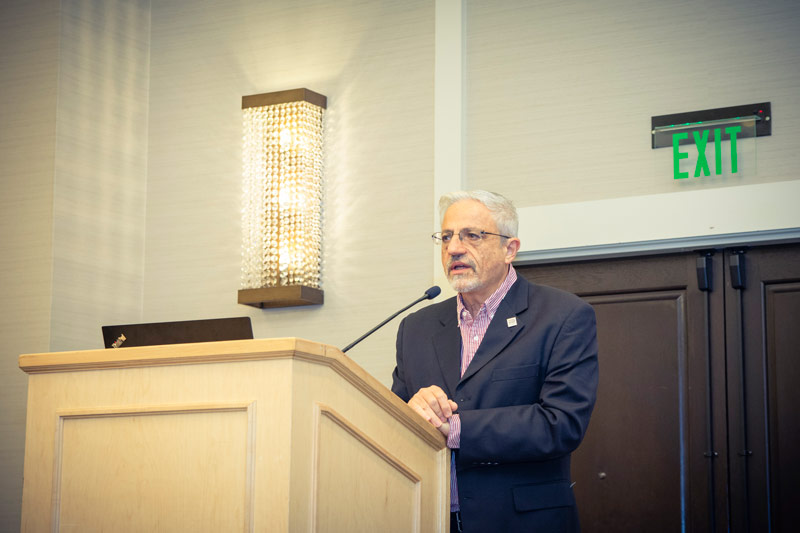
Dr. Eliezer Masliah, the Director of the Division of Neuroscience at the National Institute on Aging (NIA), attended day one of the ADGC Symposium to share an update on the National Alzheimer’s Project Act (NAPA).
While mortality has decreased for most other aging-related diseases, as people live longer they become more at risk of Alzheimer’s disease and related dementias (ADRD). NAPA aims to prevent disease onset and develop effective treatment for ADRD by 2025. To achieve this goal, NIA collaborates closely with other NIH institutes and the community to make decisions on research funding.
Dr. Masliah explained that one of the best ways to expand this funding and research is to expand the ADRD workforce by recruiting new investigators from other fields. NIA’s other AD-related priorities include improving data harmonization, increasing genomic data sharing across NIH programs, and expanding on the number of biomarkers.
Protein Aggregation as a Common Feature of Neurodegenerative Diseases
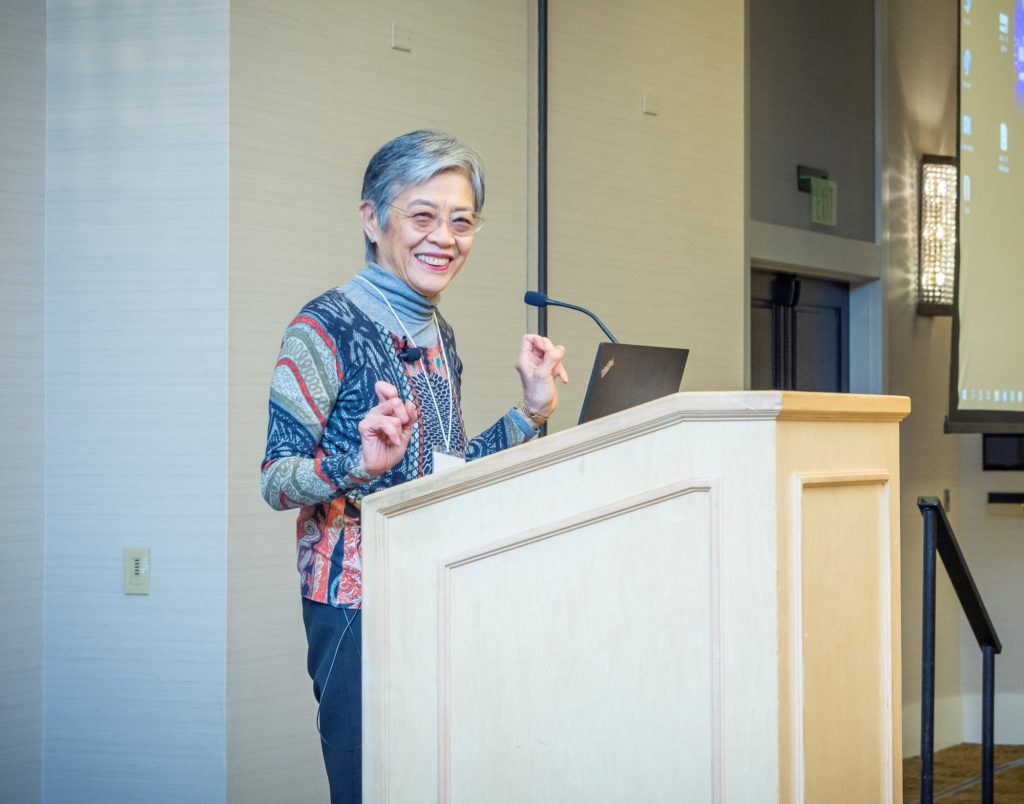
Dr. Virginia M.-Y. Lee, Director of the Center for Neurodegenerative Disease Research (CNDR) and 2019 Breakthrough Prize winner, gave a talk focused on her work that uses wildtype mouse models to look at transmission and how misfolded proteins can spread from cell to cell, ultimately leading to neurodegenerative diseases. The goal of Dr. Lee’s work is to develop approaches to reduce onset and delay progression of disease by eliminating pathology if possible, taking advantage of known risk factors, and reducing neuroinflammation.
Findings from this research could provide novel insights into the pathogenesis of diseases identifying new targets for future therapies, explained Dr. Lee.
Alzheimer’s Genetics in Diverse Populations:
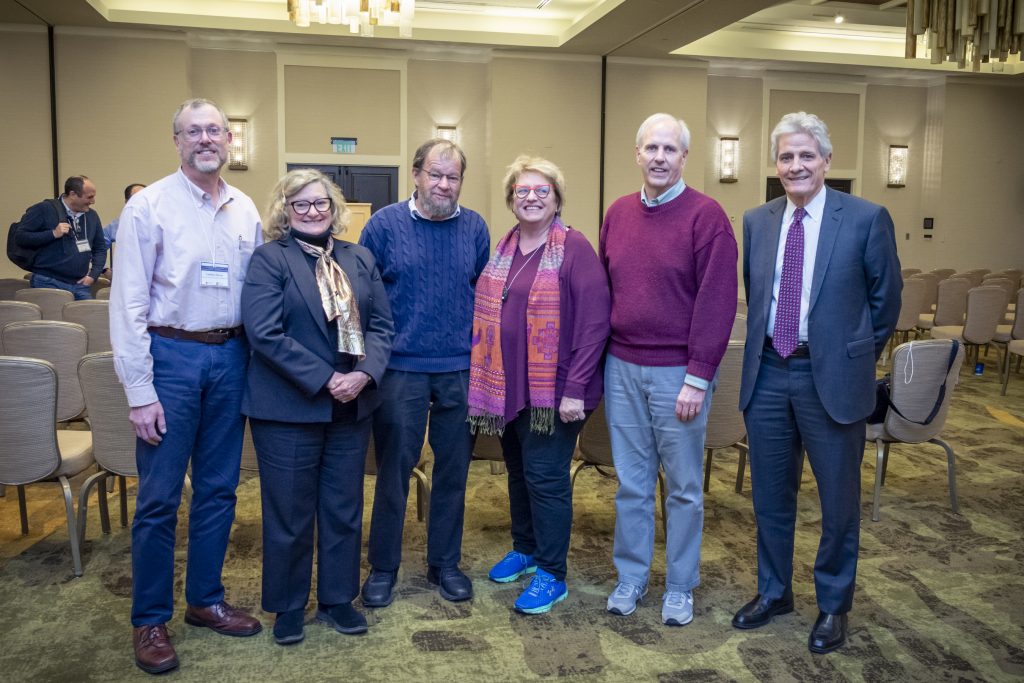
Dr. Richard Mayeux, Director of the Gertrude H. Sergievsky Center and Co-Director of the Taub Institute at Columbia University, and Dr. Jonathan Haines, Professor and Chair of the Department of Population and Quantitative Health Sciences at Case Western Reserve University, both spoke about diverse populations in AD genetics research. Dr. Mayeux gave an overview of his team’s work in the Dominican Republic on the EFIGA study. The Caribbean Hispanic cohorts that he studies are an admixed and inbred island population, and their AD recurrence rate in family members is almost 5 times the rate of similarly aged people that live in the United States. These characteristics make them a unique population to study as far as discovering functional consequences of genetic variants contributing to Alzheimer’s disease.
Similarly, Dr. Haines presented his work on studying AD in the Amish population in the United States, as they are a homogeneous population with large inter-related families. This presents opportunities to detect rare variants and non-additive genetic effects. Ultimately, studying AD in these unique populations can help researchers to further understand disease mechanisms.
For more details about the ADGC symposium go to our symposium summary page.